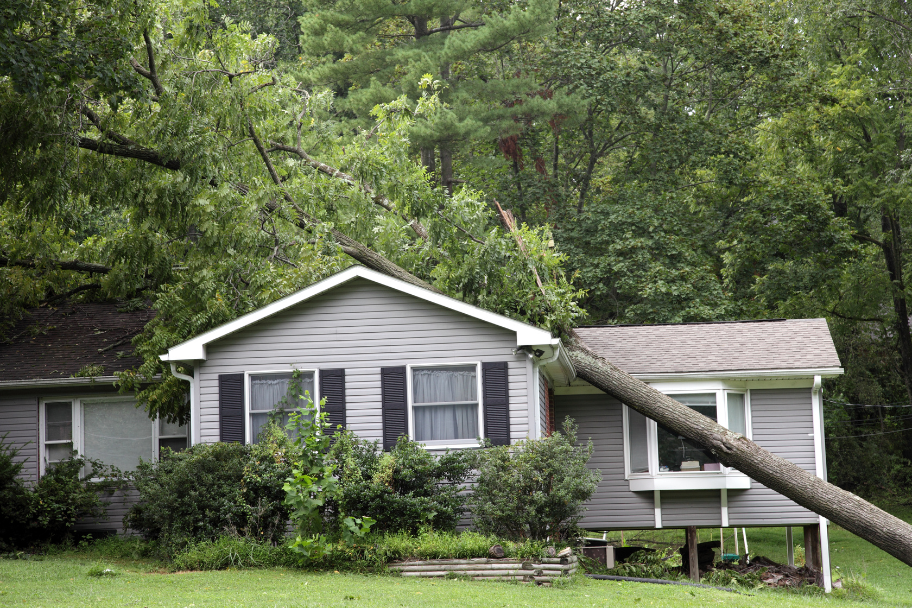
Trees add beauty to our properties and also help improve our overall quality of life. They also provide shade and relief on hot summer days. Trees can be a natural playground for children who love to climb, and a tree house can become a favorite hideout. One of my fondest memories is building a tree swing for my children to enjoy.
Trees become a natural kaleidoscope of breathtaking brilliance when the leaves change color in the fall. Trees provide a natural habitat for wildlife. Squirrels build nests and joyfully run an obstacle course of the Earth’s creation, jumping from limb to limb. Birds raise their families in trees and provide a chorus of the song to the environment. When the leaves fall at the end of autumn, a colorful patchwork quilt spreads across the lawn.
With all of the amazing benefits trees can provide, there are also some challenges homeowners must face. This is where the questions begin. What if my neighbor’s tree falls on my property and causes damage? What if my tree falls on my neighbor’s property and causes damage? Storms can bring high winds, heavy snow, or lightning, taking down huge trees and causing serious damage. During a recent storm, one family experienced a falling tree that fell perfectly to detach the chimney from their home.
When a weather event brings down trees, anything or anyone in their path is in danger. Falling trees can cause minor inconveniences, such as blocking access to a walkway or driveway. However, they can also cause severe consequences, crushing anything in their path. We have seen garages completely collapse under the weight of a tree. We have seen homes with severe structural damage from fallen trees, including siding torn off, shingles removed, roof surfaces punctured, and electrical wires ripped off. Vehicles have also sustained serious damage from falling trees.
A recent storm with high winds brought down a huge tree from a neighbor’s yard directly onto a two-car detached garage. The garage flattened under the weight of the neighbor’s tree. The homeowner was in the garage at the time and heard the tree falling. Fortunately, he ran to the far end of the garage away from the falling tree, avoiding injuries.
So, here is the question: Will the neighbor be responsible for the damage to the garage since it was their tree?
With very few exceptions, the answer is that the neighbor will not be responsible. In the case of the collapsed two-car garage, the homeowner had good insurance and was able to replace his garage. As a side note, this particular garage had a replacement value that was higher than the standard amount of coverage on a home insurance policy. Fortunately, the homeowner agreed to purchase the additional coverage and therefore was able to replace the garage.
Another way trees can present a problem is by blocking sunlight. Homes need a certain amount of sunshine on the exterior walls and roof to evaporate the moisture that can accumulate. When trees block the sunlight, the moisture accumulates, eventually becoming a bed of moss on the roof. The moisture gradually penetrates the shingles and the underlying structure of the roof, rotting and decaying the wood. Insurance does not cover the damage and is best prevented by removing limbs or completely removing trees that have become a hazard to the health of the home.
Suppose you have trees that have grown to become a threat to the safety of your property or your neighbor’s property. In that case, it is best to invite a tree service to provide a recommendation and estimate for trimming or removal. Have a conversation with your neighbor if their trees present a problem for your property. There may be a way to cooperate to remove or trim the trees.
Trees provide beauty and enjoyment but they are a management responsibility. We must be attentive to avoid unpleasant consequences.
